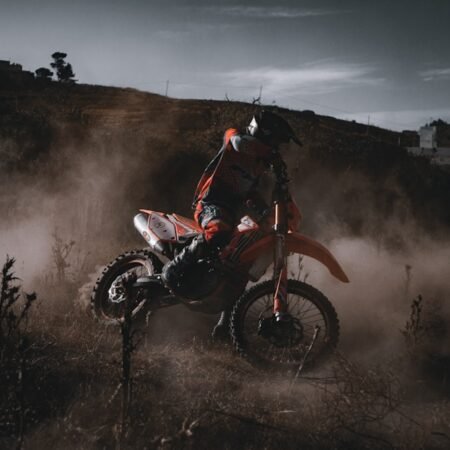Astrophotography is a specialized form of photography that involves capturing images of celestial objects such as stars, planets, galaxies, and nebulae. It requires specialized equipment and techniques to capture the beauty and wonder of the night sky. One of the most important pieces of equipment for astrophotography is the lens. The lens is what allows you to capture the light from distant celestial objects and create stunning images of the night sky.
Choosing the Right Lens for Astrophotography
When it comes to choosing the right lens for astrophotography, there are a few key factors to consider. The first factor to consider is the focal length of the lens. A longer focal length lens will allow you to capture more detail in distant objects such as galaxies and nebulae, while a shorter focal length lens is better suited for capturing wide-angle shots of the Milky Way and constellations. Another important factor to consider is the aperture of the lens. A wider aperture allows more light to enter the lens, which is essential for capturing the faint light of distant celestial objects.
Prime vs. Zoom Lenses: Which is Better for Astrophotography?
When it comes to choosing a lens for astrophotography, you may be faced with the decision between a prime lens and a zoom lens. Prime lenses have a fixed focal length, which means they cannot zoom in or out. Zoom lenses, on the other hand, have a variable focal length, allowing you to zoom in and out to frame your shot. In general, prime lenses are preferred for astrophotography because they tend to have wider apertures, which is essential for capturing the faint light of distant celestial objects.
Wide Angle Lenses for Capturing the Milky Way and Constellations
Wide angle lenses are essential for capturing the beauty of the Milky Way and constellations. These lenses have a short focal length, typically between 14mm and 35mm, which allows you to capture a wide field of view. This is essential for capturing the vast expanse of the night sky and the intricate patterns of the stars and constellations. Wide angle lenses also tend to have wider apertures, which is essential for capturing the faint light of distant celestial objects.
Telephoto Lenses for Shooting Distant Galaxies and Nebulae
Telephoto lenses are essential for capturing distant galaxies and nebulae. These lenses have a longer focal length, typically between 100mm and 400mm, which allows you to capture more detail in distant objects. This is essential for capturing the intricate details of distant galaxies and nebulae, such as the swirling arms of a spiral galaxy or the delicate tendrils of a nebula. Telephoto lenses also tend to have wider apertures, which is essential for capturing the faint light of distant celestial objects.
Aperture and Focal Length: Key Factors to Consider in Astrophotography Lenses
When it comes to choosing a lens for astrophotography, two key factors to consider are aperture and focal length. The aperture of a lens refers to the size of the opening that allows light to enter the lens. A wider aperture allows more light to enter the lens, which is essential for capturing the faint light of distant celestial objects. The focal length of a lens refers to the distance between the lens and the image sensor when the subject is in focus. A longer focal length lens allows you to capture more detail in distant objects, while a shorter focal length lens is better suited for capturing wide-angle shots.
Tips for Getting the Most out of Your Astrophotography Lenses
Once you have chosen the right lens for your astrophotography needs, there are a few tips to keep in mind to get the most out of your equipment. First, it’s important to use a sturdy tripod to keep your camera steady during long exposures. This will help prevent any blurriness or distortion in your images. Additionally, using a remote shutter release or setting a timer on your camera can help minimize any camera shake when taking long exposure shots. It’s also important to focus your lens carefully when shooting at night, as it can be difficult to see through the viewfinder in low light conditions. Finally, be sure to experiment with different settings and techniques to find what works best for your specific astrophotography needs. With practice and patience, you can capture stunning images of the night sky with your astrophotography lenses.








